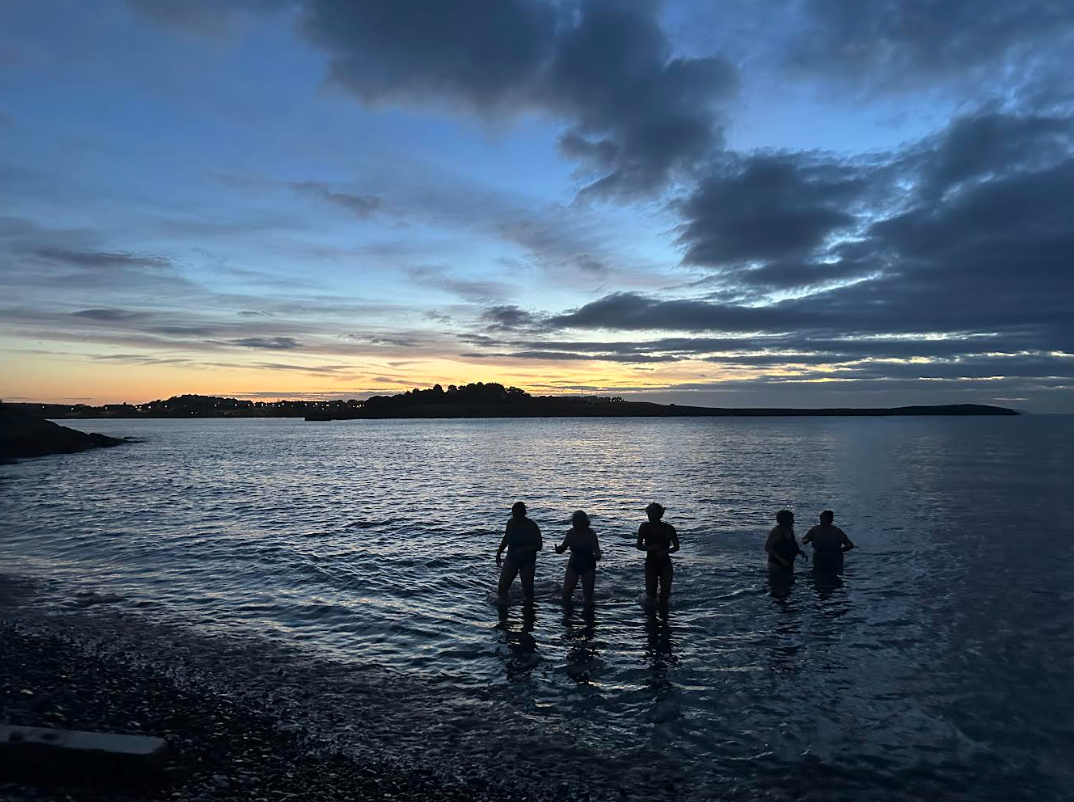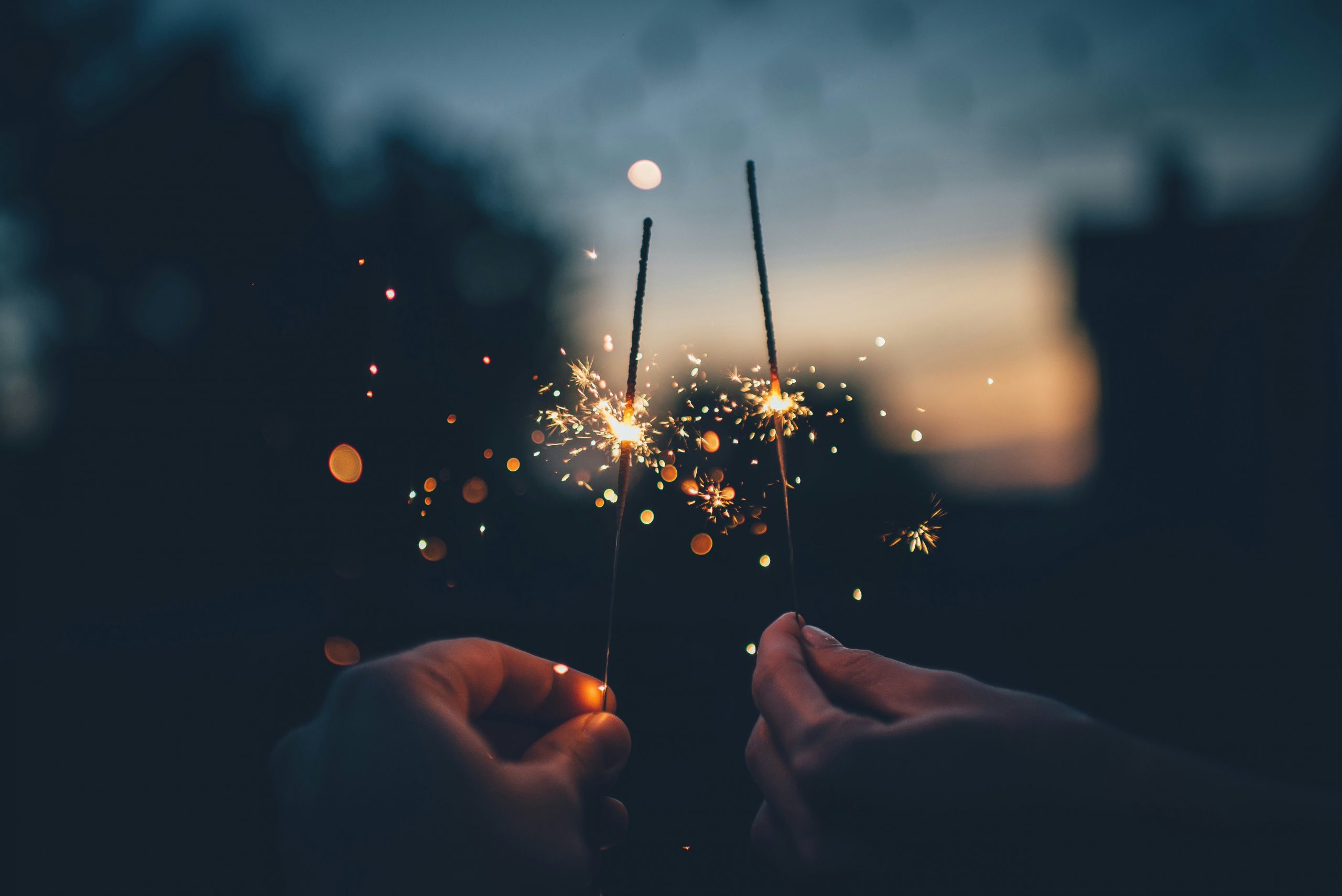Words by Izzy Copland
In 1973, in a room filled with the men of the United States Supreme Court, a ÔÇÿJane Roe’ succeeded in winning her lawsuit for the constitutional right to an abortion. It was one of the greatest steps towards equality of the sexes since the right to vote in 1920, and it seemed like a landslide victory for pro-choice activists that had been protesting the lack of safe, legal access to abortion.
Roe, known by her real name, Norma McCorvey, fell pregnant in 1969 in her home state of Texas, where abortion was a criminal offense unless the mother’s life was at risk. She visited Dr. Richard Lane in an illegal abortion clinic, but McCorvey wished to obtain a safe, legal abortion. She was eventually referred to two attorneys and began to prepare for the biggest role of her life, that of Jane Roe. Roe became the most perfect plaintiff for attorneys Linda Coffee and Sarah Weddington. She was young, poor, single, and could not afford to travel to other states like wealthier women. And so the plight of Jane Roe gained enough attention for the case against district attorney Henry Wade to be referred to the US Supreme Court.
After three long years of protesting, court hearings, national coverage, and the birth of McCorvey’s unwanted pregnancy, Roe vs Wade was finally won in 1973, with the Supreme Court legalising the right to abortion under the 14th Amendment: the right to privacy. In the first three months of pregnancy, abortion was now a matter between a woman and her doctor only. After three months, it was regulated but not prohibited, and after seven, the court could legally intervene. Women in Texas and the rest of America rejoiced. They were no longer forced into dangerous backstreet abortions, nor to give birth to a child they could not provide for. Throughout America, abortion became considerably safer. Where the death rate for women undergoing illegal abortions was frighteningly high in 1970, now less than 0.3% are experiencing any complications at all. Roe vs Wade was the legal beginnings of a culture that valued the choice, privacy, and safety of women above religion, conservative beliefs, and the regulation of female anatomy.
However, the case of Roe vs Wade was not a simple victory, it was a complicated case that remained in the public sphere for years after the case was won. A few years after the triumph, Jane Roe revealed herself as Norma McCorvey and thrust herself into the headlines. She was branded a liar, an actress, too promiscuous, eager for wealth and fame, amongst being called a desperate victim. It is true, McCorvey was not the perfect poster girl, and shocked the country in 1995, aligning herself with Christianity and pro-life groups. Three years after her death, footage of McCorvey was released in a documentary: AKA Jane Roe. McCorvey claims she never truly believed anything she said, her vulnerability as a female in America was manipulated. Roe was an example of the control powerful men felt they had over women.
McCorvey died in 2020 and never lived to see the overturning of Roe vs Wade in June 2022. She was, however, surrounded by protesters who worked tirelessly to see the outcome of a ban on abortion once more. Decades of protesting never seemed to reach the Supreme Court, and up until the end of President Obama’s government in 2017, Roe vs Wade seemed relatively secure. It wasn’t until the Trump administration ascended into power that the voices of pro-life activists became louder and more sinister. Trump, quite vocally, set in motion the steps that ultimately led to the decision made in June, manipulating the Supreme Court and appointing conservative justices he knew wanted to see the overturn of Roe vs Wade. Even after leaving office, Trump’s legacy remained, and in 2022, under the presidency of the democratic pro-choice Biden, Roe vs Wade has been overturned, and its effects are already coming into motion. In many republican-led states in America, restrictions on abortions are now increasing, with Texas, Alabama, and eight more states banning abortion completely.
This is unbelievably real, and for most American women, terrifying. Access to safe abortion in some states will be completely illegal. Once again, the bodies of women are now under the regulation of the government, and America will likely see the return of dangerous backstreet abortions; a rising death rate of women attempting to obtain them; extreme emotional damage; and even a country that cannot provide safe and compassionate adoption. Throughout the country, protests and demonstrations are already taking place, protesting that forced birth is oppressive and controlling violence against women. What this means for the rest of the world is difficult to say, but this overruling has created uneasiness amongst women around the world, who are grasping onto their human rights all the more vitally.


